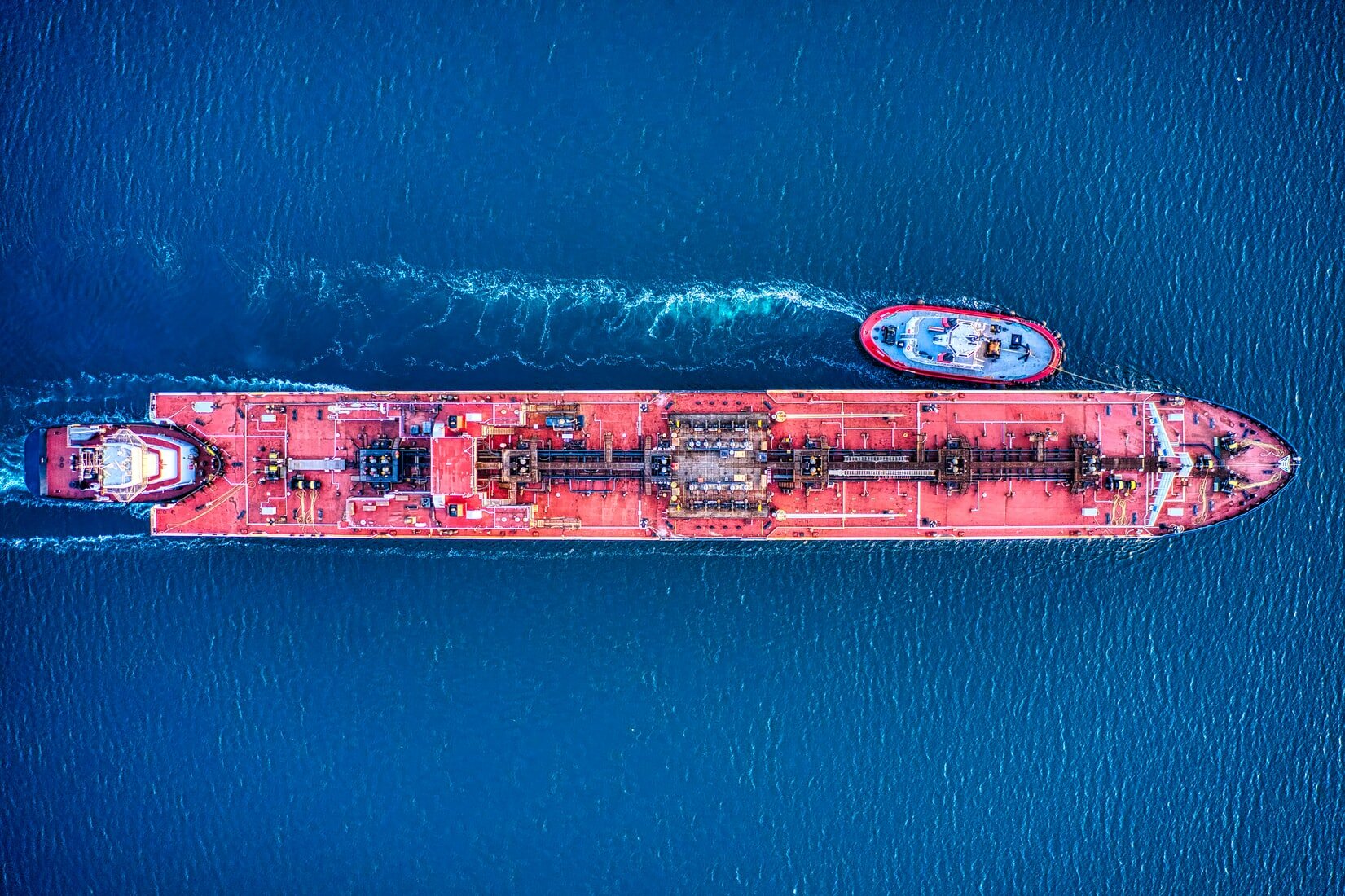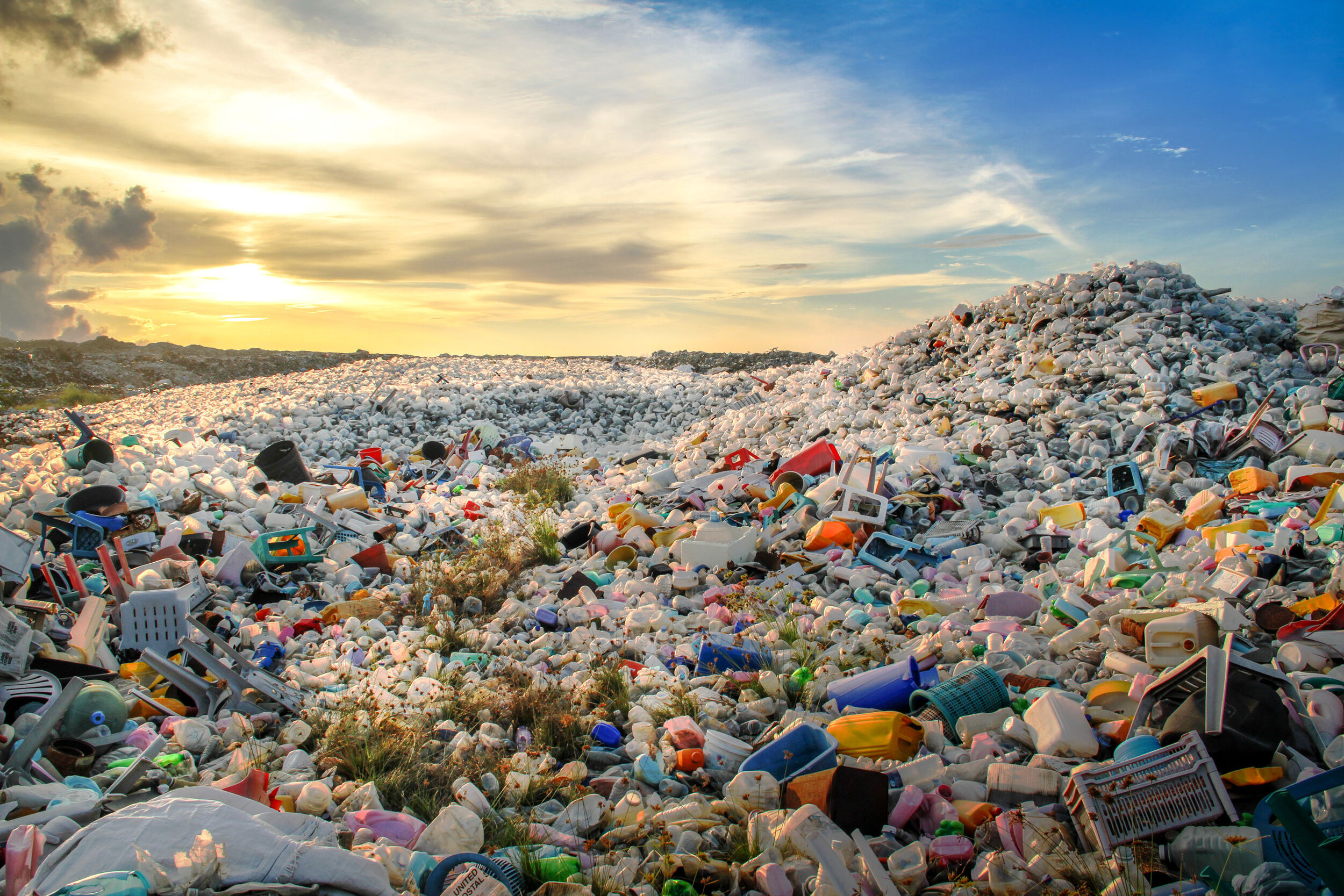
Impact Circularity Group
A YPO impact group dedicated to the transition to a circular economy.
The Circle’s Gap
In January 2020, YPOers from all over Europe gathered in Geneva to discuss the urgent issues facing the world and how to solve them. One group decided to tackle plastic waste – and here we are.
Through numerous conversations and weekly calls, this group put the plastic waste into a broader context and shifted its focus to “Circular Economy”.
The “Journey of the duck” explains and visualizes the steps in the value chain in a tangible way.

The Duck’s Journey
On our journey, we quickly felt overwhelmed by all the information and problems we came across. To get a better overview, we have described all steps of the value chain in the example of a little, yellow plastic duck. Follow him and discover what you can do alongside the journey of the duck.
Raw Materials
Every piece of plastic has to be manufactured often by machines.
The raw material used is from either: virgin materials derived from petrochemicals, or recycled material, or renewable bio-based feedstocks like sugar cane and algae. Plastic is an excellent material: versatile, lightweight, efficient.
- Where does it make sense to keep using plastic and where can it be replaced?
- How can we best use bioplastics, made out of maize stalks or sugar beets?
- How can we select feedstocks that have a restorative, regenerative impact on our atmosphere (remove excess carbon) and planet (replace carbon in the soil).
- Which raw materials are best suited to a circular economy and to overall sustainability?
- What are the restrictions of using certain types of raw materials?
- How Does the design of the products have to be amended?
- What does it mean for usability and recyclability?
Design and Production
Before choosing the raw materials, the product has to be designed to be made circular whilst delivering its critical attributes; gas, moisture, and aroma barriers, strength, and durability.
- How can we encourage components to be easier to recycle or reuse? Can we redesign service and product delivery models, or our business models to eliminate plastic pollution?
- What are products’ requirements and can new materials meet them? Can the plastic product be designed to ensure no microplastics are created during the product lifespan or at the end-of-life? A variety of stakeholders have to be included which makes this task quite a challenge. New ways of collaborating between stakeholders are needed to meet the new challenges we will share a few of them.
Logistics and Transport
Plastic is common and highly effective in packaging;
used everywhere: takeaway food to the dashboard panels or seat padding in a new car. Plastic is often the most sustainable choice with little alternative available, but the amount that reaches our oceans is enormous. Of the 300 million tons of plastic produced each year 50% will be used only once, and 8 million tons will end up in nature.
- What are the reasons for this leakage?
- How can it be avoided?
Waste Treatment
300 million tons of plastic are produced each year, 76% end up in landfills, 15% are set on fire, and only 9% are recycled. We need to start handling our waste better, it is just causing nature harm but it is even showing up in our bodies. Keeping plastic in a loop is key, but so is disposing of it properly and efficiently to limit its negative impacts on the environment and human health.
- What are the options?
- What technologies do already exist and how can they be used broadly?
- What are the effects of these treatment processes themselves?
Landfill
Landfills despite it being common today are not an effective option for plastic waste. The harm brought upon nature and man, the negative impact on the travel industry, the lower life quality of people, and the waste of precious resources, are a few consequences of plastic ending up in landfills.
- What are the reasons it’s still happening? And how can they be solved?
- Can incentives be worked out in order to divert 76% of the plastic waste from the landfill to other effective forms of carbon sequestering, and stop the linear cycle of dumping plastic waste into landfills?
Despite so many different ways plastics can enter our ecosystems, there is a different journey that we can take to keep our nature clean.






